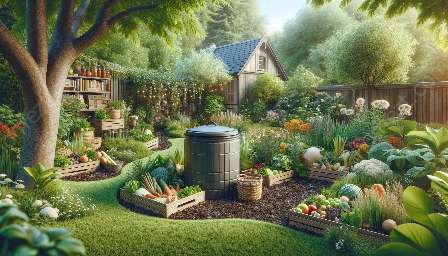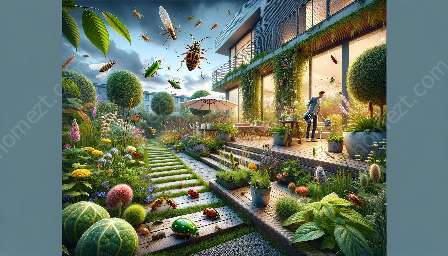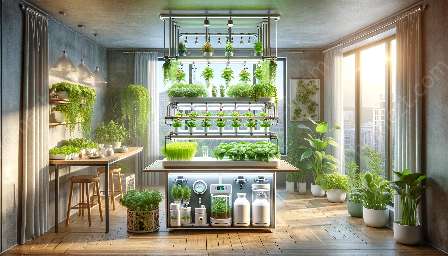When it comes to gardening and home improvement projects, dealing with garden pests and diseases can be a critical challenge. Protecting your plants from the threats of insects and diseases is essential for maintaining a flourishing garden. In this comprehensive guide, you will discover everything you need to know about identifying, preventing, and controlling garden pests and diseases to ensure the health and beauty of your garden.
Identifying Garden Pests and Diseases
Garden pests and diseases come in various forms and can have detrimental effects on your plants. Common pests include aphids, caterpillars, snails, and slugs, while diseases may appear as fungal infections, bacterial blights, or viral diseases. Understanding the signs and symptoms of specific pests and diseases is crucial for effectively addressing these issues.
Signs of Pest Infestation
- Chewed or damaged leaves and stems: Pests like caterpillars and beetles often leave visible marks on plant foliage.
- Discoloration and wilting: Aphids and mites can cause discoloration and wilting of leaves due to their feeding habits.
- Powdery mildew or mold: Fungal infections can manifest as powdery growth on leaves and stems.
- Presence of eggs or larvae: Some pests lay eggs or leave larvae near the base of plants or on the underside of leaves.
Recognizing Common Plant Diseases
- Leaf spots and lesions: Bacterial and fungal diseases often lead to the development of spots and lesions on plant leaves.
- Rot and decay: Various plant diseases can cause rotting of stems, roots, and fruit, leading to decay and deterioration.
- Stunted growth and abnormal development: Certain diseases can disrupt the normal growth patterns of plants, resulting in stunted growth, deformities, or abnormal appearance.
- Yellowing and wilting: Nutrient deficiencies or diseases can cause yellowing and wilting of leaves, indicating underlying problems.
Preventing and Controlling Garden Pests and Diseases
Prevention is the key to maintaining a healthy and pest-free garden. By implementing proactive measures and using effective control methods, you can significantly reduce the risk of pest infestations and disease outbreaks.
Cultural Practices
Enhancing the overall health and resilience of your plants through proper gardening practices can help deter pests and diseases. This includes maintaining good soil health, adequate watering, and proper spacing between plants to improve air circulation.
Natural Predators and Biological Controls
Encouraging the presence of natural predators such as ladybugs, lacewings, and predatory insects can aid in controlling pest populations naturally. Additionally, using biological controls like nematodes and bacteria can target specific pests while minimizing environmental impact.
Organic Pest and Disease Management
Utilizing organic and natural remedies, such as neem oil, insecticidal soaps, and horticultural oils, provides effective alternatives to synthetic pesticides. These products target pests and diseases while promoting environmental sustainability and safety for beneficial insects.
Regular Monitoring and Inspection
Regularly inspecting your garden for signs of pests and diseases allows for early detection and intervention. Prompt action can prevent minor issues from escalating into larger-scale problems.
Integrated Pest Management (IPM)
Adopting an integrated approach to pest and disease management involves combining multiple strategies to achieve sustainable control. IPM emphasizes the use of various tactics, including cultural, biological, and chemical methods, to minimize the impact on the environment and non-target organisms.
Effective Disease Management
Implementing proper sanitation practices, such as removing and disposing of infected plant debris, can help prevent the spread of diseases. Additionally, rotating crops and choosing disease-resistant plant varieties are effective strategies for disease control.
Conclusion
By understanding the characteristics of common garden pests and diseases and adopting proactive measures, you can effectively manage and mitigate the risks to your garden. Incorporating these strategies into your gardening and home improvement endeavors will not only protect your plants but also enhance the overall beauty and vitality of your outdoor space.












































